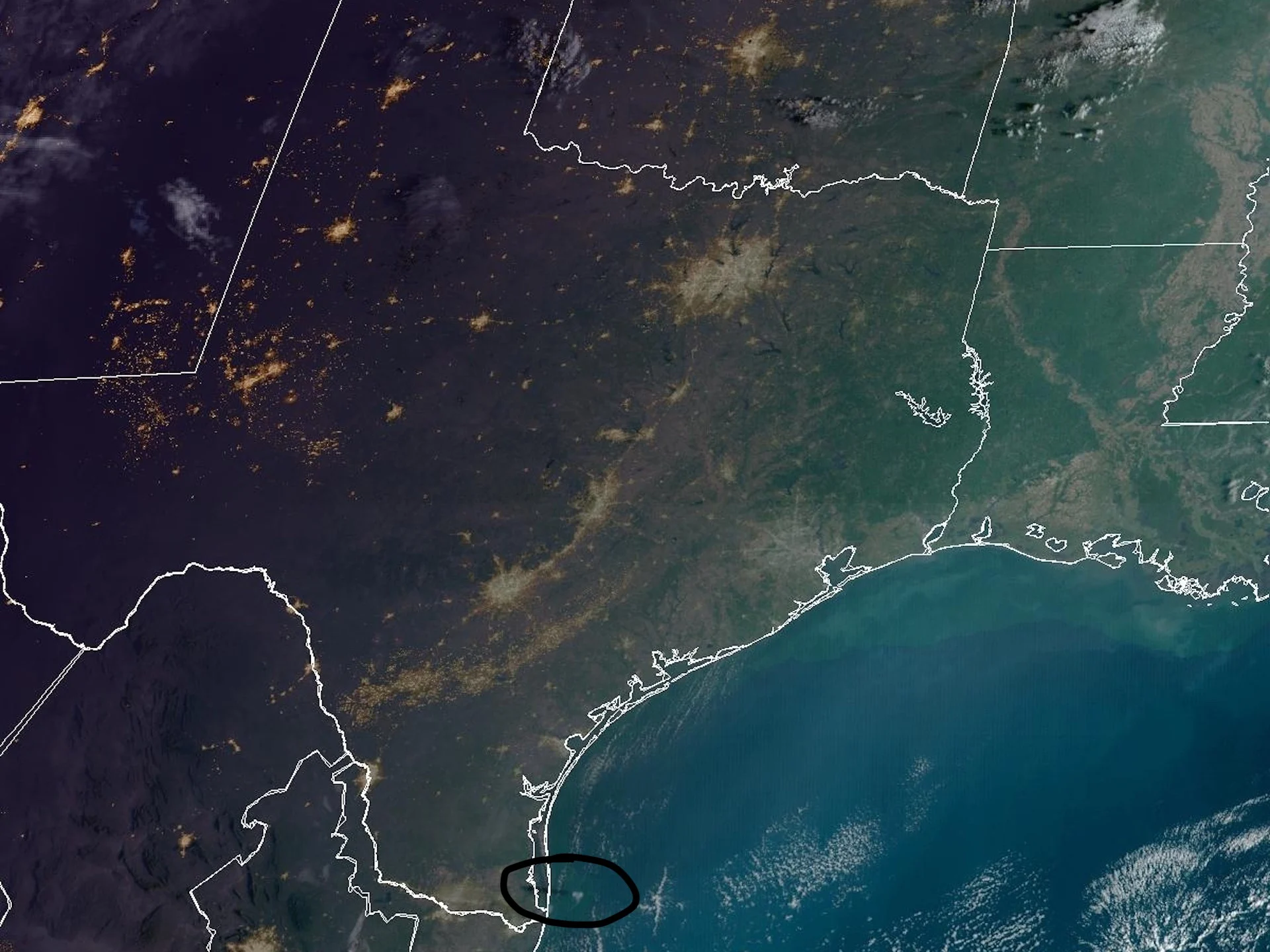
Perfect conditions aid SpaceX in unprecedented, mid-air rocket grab
Mother Nature gets the assist with SpaceX's successful rocket launch on Sunday, with southern Texas enjoying a ridge of high pressure and, essentially, calm conditions
Although SpaceX rightfully gets the credit for the extraordinary rocket launch, the weather lent a helping hand.
On Sunday, Oct. 13, SpaceX successfully "caught" a rocket mid-descent, bringing the company closer to its moon and Mars missions.
Looking at atmospheric profiles around the hour of the launch, (8:25 a.m. EDT), the winds were essentially calm below about 1,000 metres above sea level. The region in southern Texas was under a region of high pressure, with little flow in the atmosphere, at the time.
WATCH: Watch satellite imagery capture the launch of the Starship rocket
The company had tested several landings of the Starship rocket in recent years, with most ending in fiery explosions.
Super Heavy is the first stage booster that lifted off with Starship, the second stage, before the two separated, sending Starship into space as Super Heavy headed back to the launch pad.
In an incredible feat of engineering, Super Heavy was guided back toward a tower on the launchpad where two large, metal arms called chopsticks grasped it to avoid a hard landing.
The company's goal has been to create a fully reusable rocket that can shuttle cargo and humans into space, with hopes that Starship will take astronauts to the moon as soon as 2026.
Thumbnail courtesy of NOAA.
With files from Reuters and Tyler Hamilton, a meteorologist at The Weather Network, and Nathan Howes, a digital reporter at The Weather Network.
